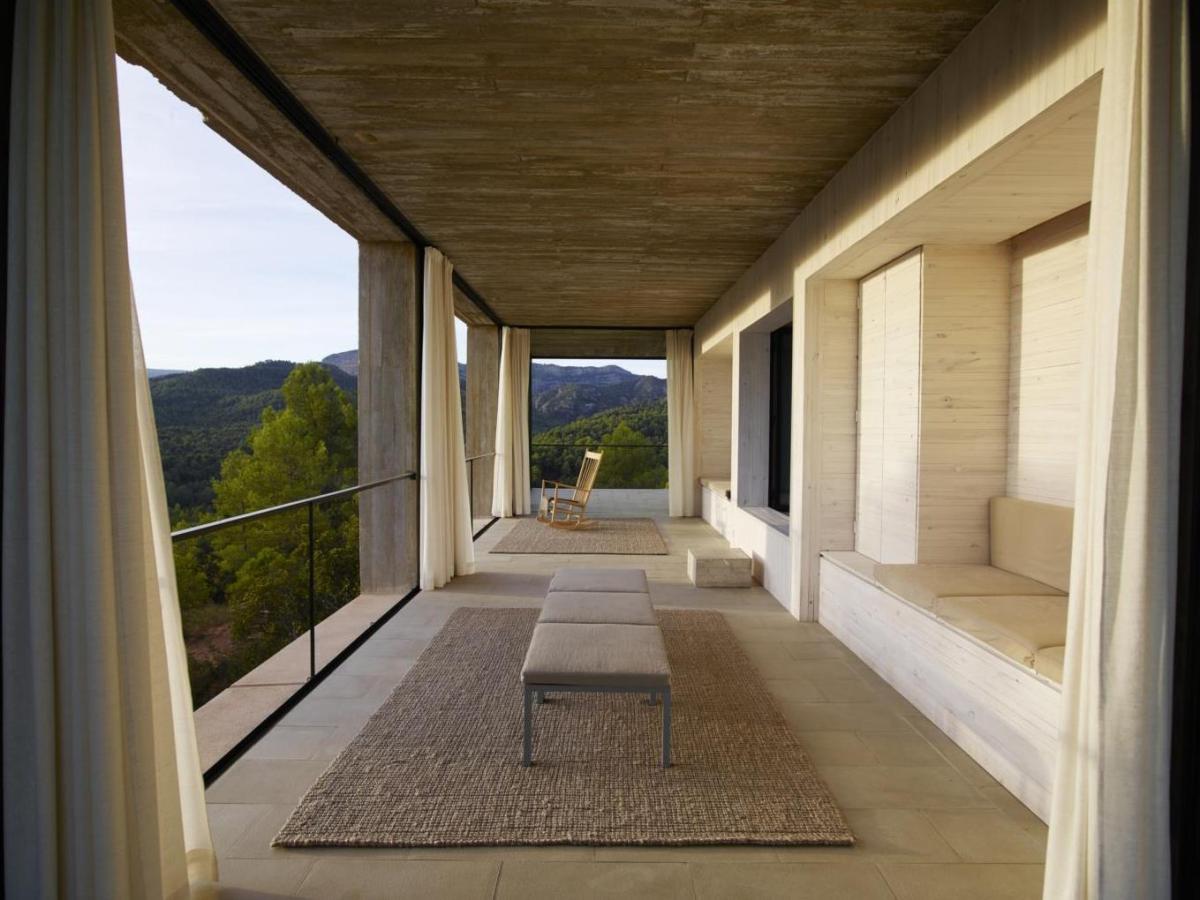Image: sydneylivingmuseums.com.au/exhibitions/superhouse
Superhouse is an exhibition for Sydney Living Museums showcasing local and international residential architecture, brought to life by acclaimed photographer Richard Powers. The houses that curator Karen McCartney painstakingly researched, visited and reflected on are feats of architectural vision, united in their ability to defy convention.
Many of the houses display a seamless connectivity to breathtaking landscape, the scale of photography both immersing and transporting its audience directly to the source – from a 12th-century castle in picturesque England, to a forest cabin in Ballarat inspired by its dense tree canopy and the organic shapes of the kangaroo bones found there.
Inspiration is plentiful, but something is amiss.
Word coining in this context is a brave move; get it right and chisel out a new typological branch in architecture, get it wrong and open yourself up to dissection, or worse, create distraction from the otherwise commendable body of work that inspired its existence in the first place.
A house that is super does beg the question: what exactly constitutes use of this flashy prefix? According to McCartney: ‘The criteria for what makes a house ‘super’ are highly personal and hence different for everyone.’ Meaning, if a house is defined as a building for human habitation then somebody’s ‘super’ might equate to the ‘superinhabitable’ which some of these houses clearly are not to anyone affording value to the concept of clutter.
Unusual then that the first encounter with this neatly designed exhibition space is an authoritative tone on the subject, defining a ‘superhouse’ as a house that delivers a 360-degree completeness of form and above all else, is awe-inspiring.
Sub categories continue to be forged – form, the land, small spaces, rooftops & skylines and adaptive reuse – all highly relevant to investigating architecture but arguably, at this rate of spread any habitable structure with architectural valor – be it a cliff cantilevered weekender or a terrace house redefined – could find a home in this collection.
The opening curatorial argument appears to be dissipating, but what are the alternatives?
On one hand McCartney could have reinforced her title by boldly declaring a ‘superhouse’ as possessing certain clear and common traits, followed by a flood of stellar examples. On the other hand, she could have maintained subjectivity on the topic by focusing on the ‘superhouse’ through the eyes of its occupant: a narrative-bursting, personal account of the emotional connection to place.
Regardless, for those who live and breathe architecture, and for the general public alike, Superhouse is an opportunity to witness a selection of some of the most interesting living spaces found in Australia and around the world.
Rating: 3 stars out of 5
Superhouse: architecture and interiors beyond the everyday
Museum of Sydney
Exhibition continues to 29 November
Adults $10, Kids under 15 yrs. $5, Members are free.





